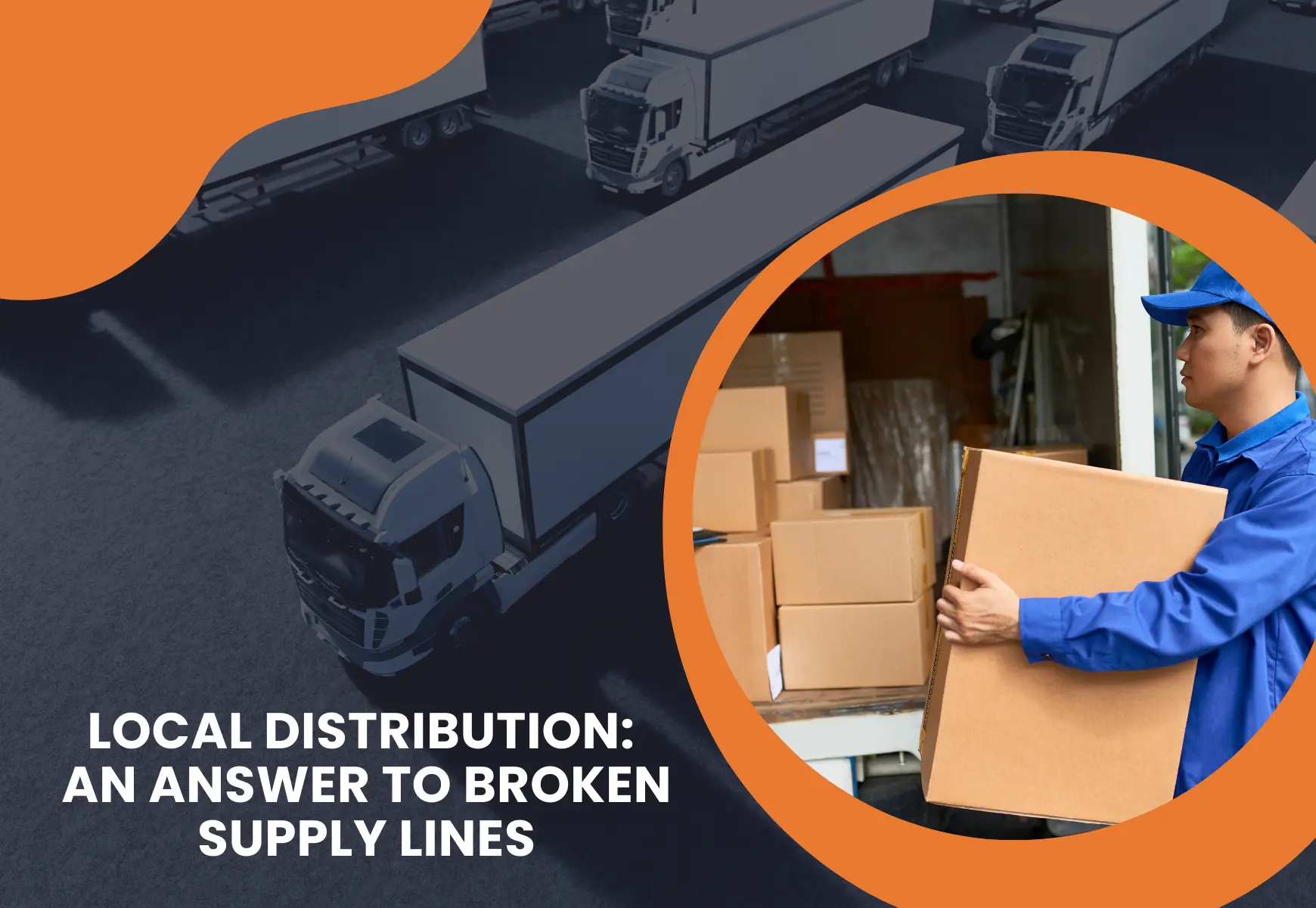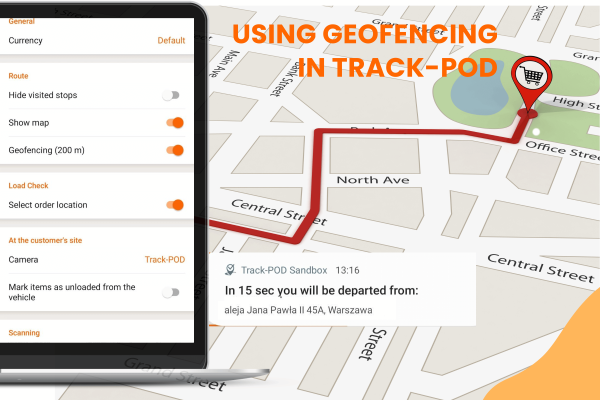Local Distribution: An Answer to Broken Supply Lines

by
Yulia Miashkova
August 01, 2022
Two years of the pandemic have not been easy on global supply chains.
Delays, disruptions, and restrictions are shifting the way manufacturers work. Instead of going for cheaper suppliers located in Asia, companies are now seeking local suppliers.
Because cheapness comes with risks and potentially much higher costs, working with local suppliers and distributors is a much safer option. In the UK's Birmingham, factories are busier than ever, as domestic clients are bringing production back home.
"A survey of more than 1,500 global supply chain leaders by AI group Interos, in the first quarter of 2022, found that more than half said they planned to bring suppliers closer to their operations."
Local production means local distribution. To minimize risks and ensure on-time delivery of products and product parts, manufacturers are either enhancing their in-house fleets or outsourcing deliveries to local transportation companies.
In this article, we take a close look at local distribution through the lens of last mile logistics.
5 benefits of local distribution
Working with overseas suppliers is risky, sure, but don't the costs outweigh the risks? Not exactly.
If the past 2 years of the pandemic have taught us anything, it's that disruptions will happen. Local suppliers and local distribution are the future of supply chains and it comes with a slew of benefits.
Visibility
When you rely on shipping containers and freight forwarders to transport your product parts, you have limited visibility of your supply chain.
Working with 3PLs or 4PLs, you usually speak to a focal point who reports on the status of your shipment. On the one hand, it saves you tons of time - after all, the reason you chose to outsource is that you don't have the resources to do it yourself.
On the other hand, you often lose sight of your shipment and can't fully account for delays and other force majeure. As you're expecting parts and observing deadlines, having full visibility of your supply line can determine whether you can manufacture products on time.
Sustainability
The transportation industry is to blame for a good chunk of global CO2 emissions.
Seeing how for decades, developed nations have had materials, product parts, and assembled products transported from Asia, the sustainability of supply chains has long been subject to scrutiny.
While companies are pledging to go carbon-neutral in the coming decade by offsetting emissions and electrifying their fleets, building shorter supply chains with local distribution is a long-term investment in sustainability. Not to mention customers love sustainable brands.
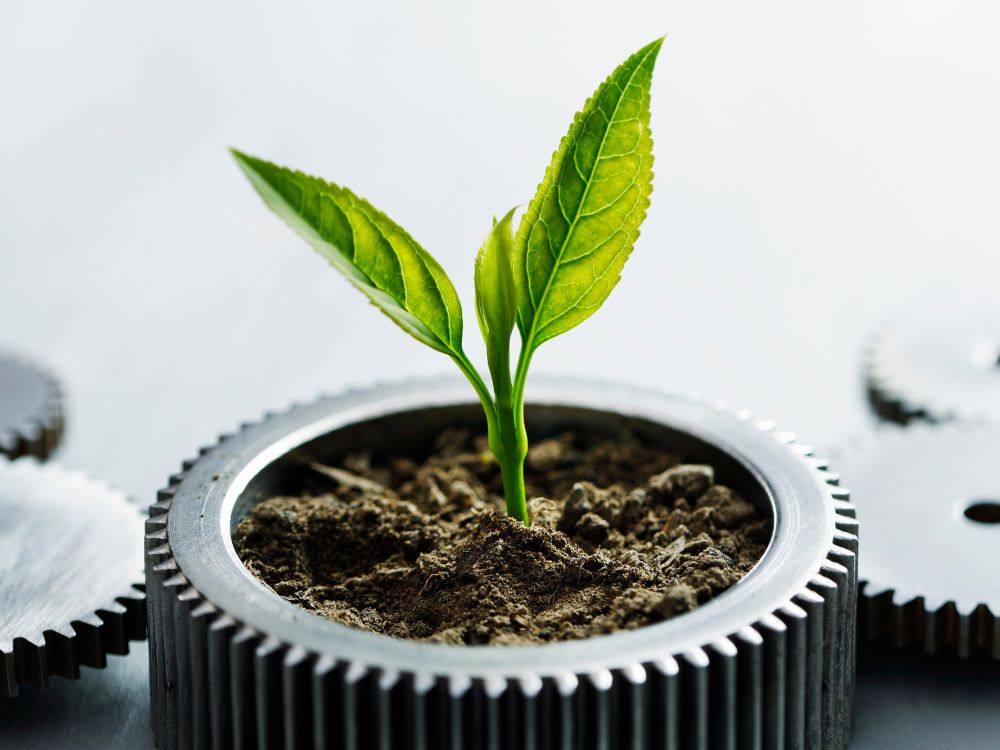
Faster fulfillment
Shorter supply chains are not only more sustainable; they're also faster. When you don't need product parts to arrive from overseas, you can fulfill orders faster, getting happier and more loyal customers.
Speed is the name of the game in eCommerce fulfillment. Whoever can get products to customers faster has a huge competitive advantage and can use it to build a customer base and grow revenue.
When you pair local distribution with self-shipping, i.e. delivery to the customers' doorstep by means of your in-house fleet, you can also speed up the final mile of fulfillment and excel in customer service.
Accountability
Local distribution means working with local suppliers and local couriers. This contributes to greater accountability as all parties know each other well and want to succeed for each other's benefit.
In some supply chains, you can have processes and systems set up for common use by all parties. For example, a transportation management system (TMS) can have a customer portal for shippers with full access and visibility. Using manufacturing communication systems alongside these tools further improves coordination and reduces the risk of errors.
Shippers can see who is handling the transportation at any given moment in time. Both supplier and local courier reputation will depend on how well they can work together to benefit the manufacturer. This guarantees accountability at every stage.
Cost optimization
Among the benefits of local distribution is cost optimization. Because you have greater control of your supply chain processes with minimized risks, finding ways to cut costs is much easier.
When you don't need to account for massive delays and personally know your suppliers and couriers, you can look into analytics, shipping reports, and any insights you have access to.
Cost optimization becomes possible because you can clearly see the gaps and identify areas for improvement.
Now that we've gone over the benefits of local distribution, let's look at local supplier logistics and the solutions available to local suppliers and couriers.
Local supplier logistics
When you work with local suppliers, your logistics get significantly clearer. Instead of shipping containers and freight forwarders, you get shorter routes and greater transparency. Not to mention that local distribution is much easier to plan.
Let's look at the key stages of local supplier logistics, along with tried and tested solutions for last mile logistics management.
Planning & optimization
When we talk about planning in local supplier logistics, we mean route planning, load planning, and scheduling. Route planning over shorter distances might sound easier than long haul but it still comes with its own challenges.
Building routes for multiple trucks, especially if you require interstate delivery services, or have a complex load planning strategy for fragile cargo, takes superhuman capacity. Specifically algorithmic thinking and precision - something route optimization algorithms have to offer.
Any logistics team that transports parts and/or fulfills orders can benefit from a route planner powered by AI.
The very same route planner for teams will dispatch all jobs to your drivers, in-house or contractors, and keep track of everyone on the job.
Tracking & analytics
Speaking of supply chain visibility, local supplier logistics is impossible without solutions for real-time tracking and analytics. Whenever a shipment is en route, you need to be able to quickly locate it and get in touch with the person responsible for transporting it.
A system like Track-POD will not only give you the whereabouts of all your field courier staff on a single map but also produce real-time analytics and performance insights.
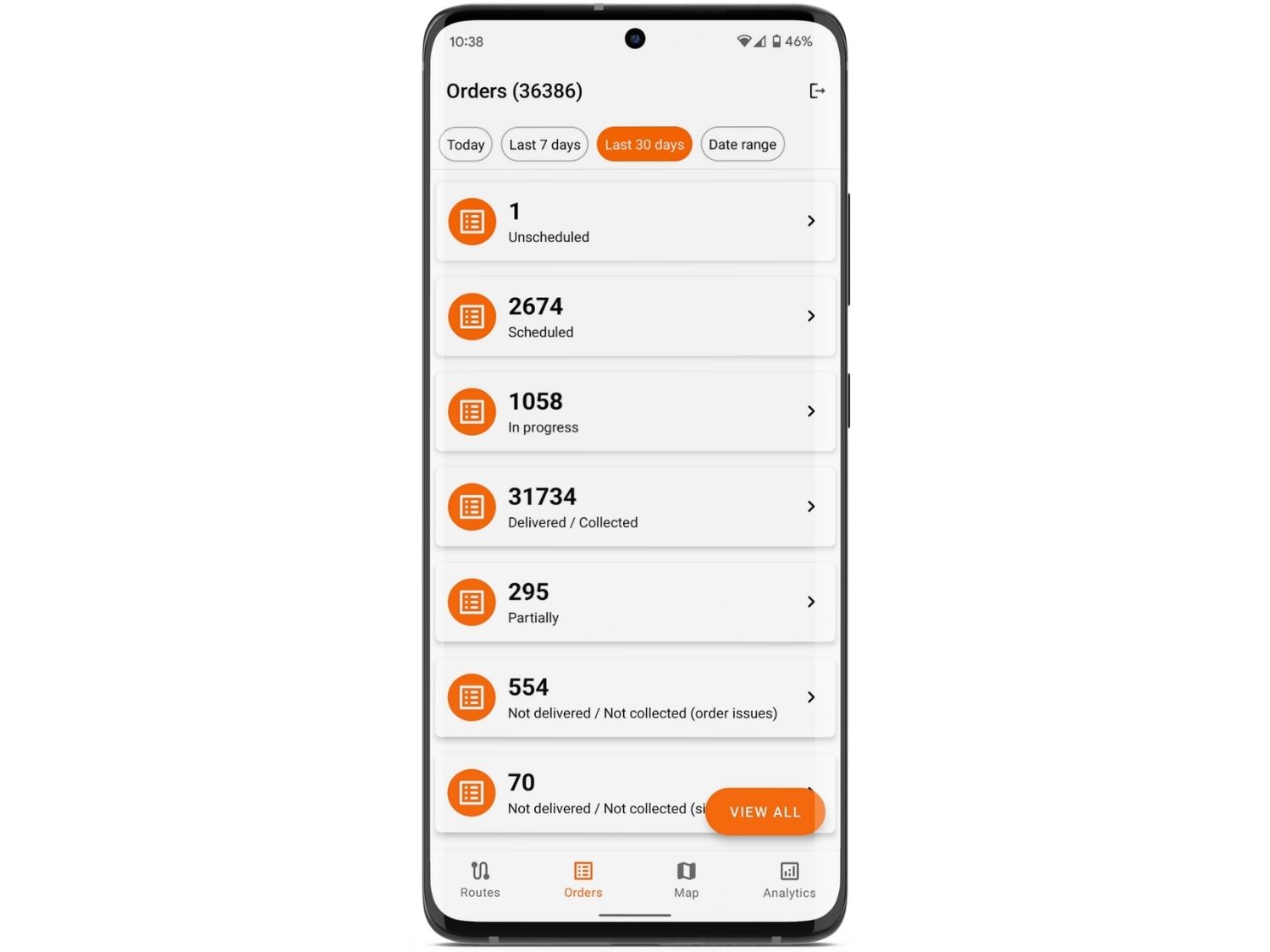
As for your suppliers, they will have access to tracking, analytics, and reports.
By using Track-POD's customer portal for shippers, they can add and manage their own orders, making things easier for you and gaining greater control of the process.
Safety & compliance
Safety and compliance are big issues in any supply chain. They both entail risks and higher costs when disregarded and they're both hard to ensure when your supply chain stretches over a large territory.
Live tracking, real-time analytics, and reports are all parts of ensuring compliance. Another is building easy-to-follow processes and incorporating them into everyday workflows.
For example, by implementing a digital safety checklist that your couriers can fill out on their mobile phones, you can make sure all field staff has the necessary equipment and uses well-maintained vehicles. To further enhance safety, especially in the context of the pandemic, you can upgrade to contactless deliveries with photo proof.
Digital transformation
Speaking of contactless, digital transformation is something any supply chain will benefit from.
Going digital means going paperless, which greatly speeds things up if you previously relied on invoice collection and document filing.
Any supply chain solution that lets you go digital and mobile will supercharge your operations. For example, Proof of Delivery apps let you implement e-signatures, photo proof, and barcodes for delivery confirmation.
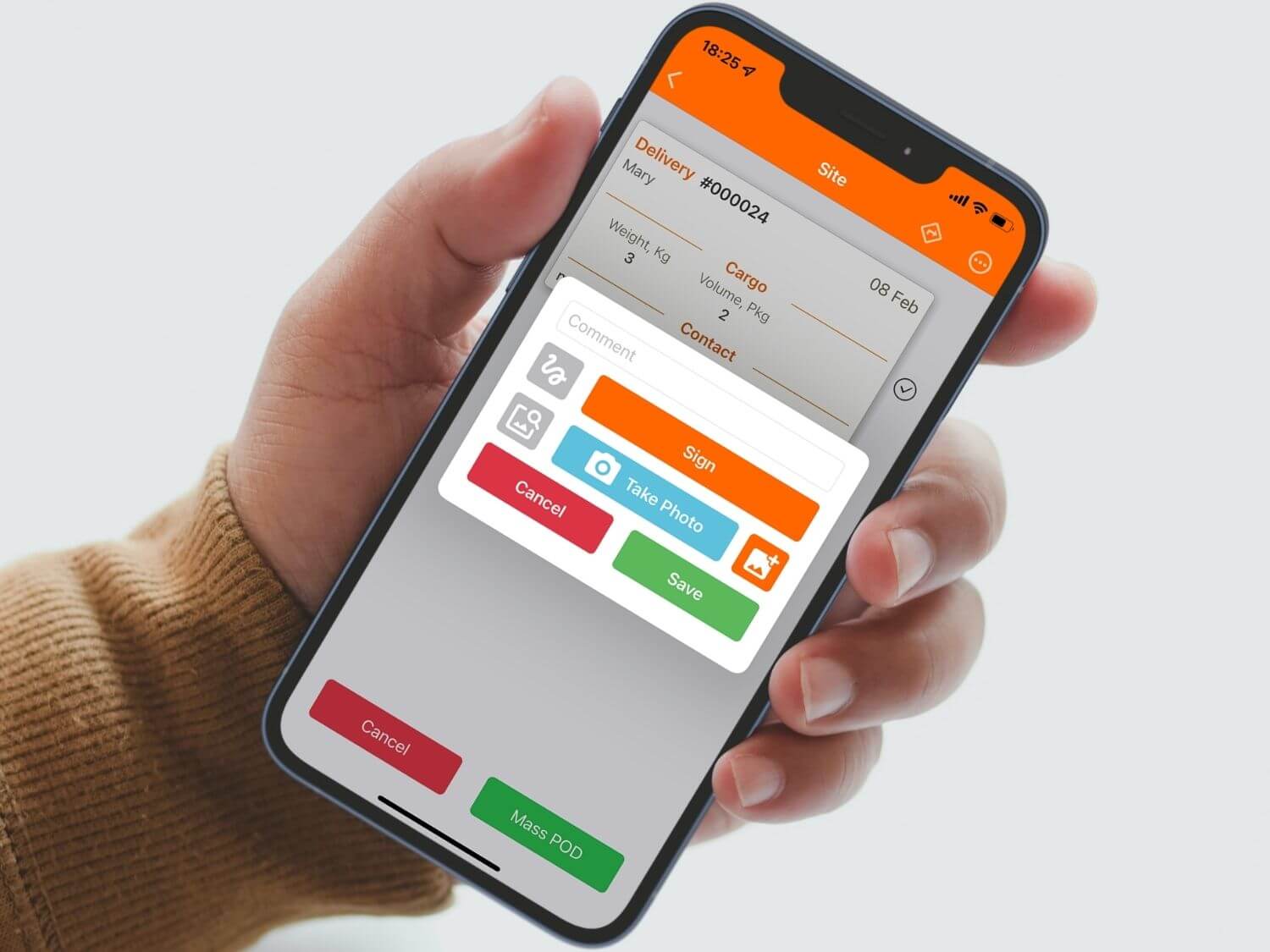
With web-based route planning, instant dispatch to mobile phones, digital checklists, and electronic Proof of Delivery, you can complete digital transformation of your supply chain and leave paperwork, calls, and other time-consuming tasks behind.
Invest in local distribution today
Finding local suppliers is one part of investing in local distribution. The other is building processes and workflows that help you endure global supply chain disruptions, higher costs, restrictions, and any issues you might have along the way.
Going local is a smart thing to do when you invest time in making the most cost-efficient choices.
With local distribution comes greater responsibility but also greater visibility, transparency, and clarity.
I hope this guide to local distribution and local supplier logistics gives you insights into how you can strengthen your supply chain and delight customers with reliable products. If you're interested to explore any of the local distribution solutions powered by Track-POD, book a demo to learn more.
About The Author
Yulia Miashkova
Growth marketing manager with a background in public relations, SEO, social listening, and Account-Based Marketing.

